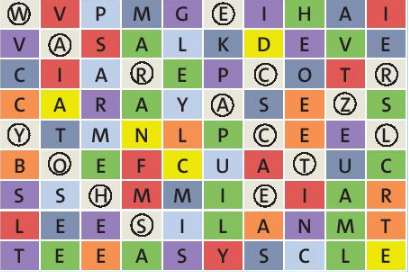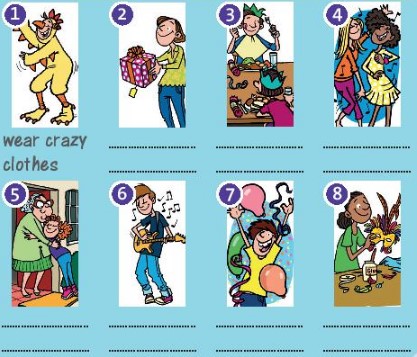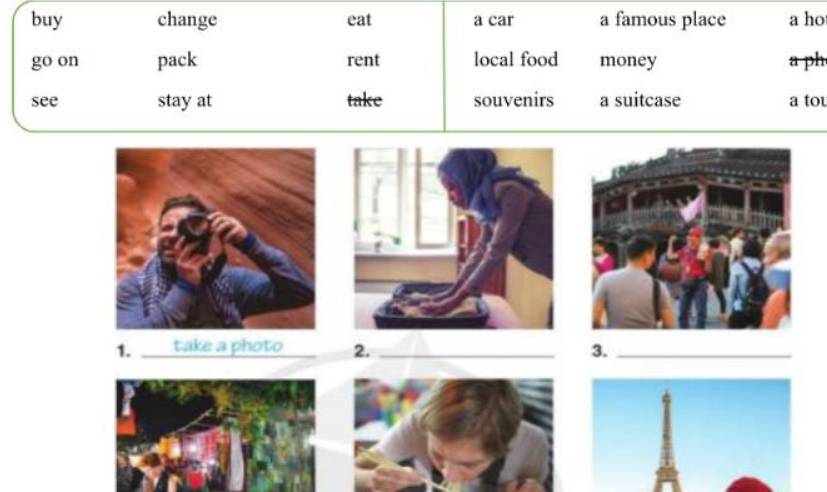Read the following passage and mark the letter A, B, C, or D on your answer sheet to indicate the correct answer to each of the questions.In seventeenth-century colonial North America, all day-to-day cooking was done in the fireplace. By and large, fireplaces were planned for cooking as well as for warmth. Those in the Northeast were usually four or five feet high, and in the South, they were often high enough for a person to walk into. A heavy timber called the mantel tree was used as a lintel...
Đọc tiếp
Read the following passage and mark the letter A, B, C, or D on your answer sheet to indicate the correct answer to each of the questions.
In seventeenth-century colonial North America, all day-to-day cooking was done in the fireplace. By and large, fireplaces were planned for cooking as well as for warmth. Those in the Northeast were usually four or five feet high, and in the South, they were often high enough for a person to walk into. A heavy timber called the mantel tree was used as a lintel to support the stonework above the fireplace opening. This timber might be scorched occasionally, but it was far enough in front of the rising column of heat to be safe from catching fire.
Two ledges were built across from each other on the inside of the chimney. On these rested the ends of a "lug pole" from which pots were suspended when cooking. Wood from a freshly cut tree was used for the lug pole, so it would resist heat, but it had to be replaced frequently because it dried out and charred, and was thus weakened. Sometimes the pole broke and the dinner fell into the fire. When iron became easier to obtain, it was used instead of wood for lug poles, and later fireplaces had pivoting metal rods to hang pots from.
Beside the fireplace and built as part of it was the oven. It was made like a small, secondary fireplace with a flue leading into the main chimney to draw out smoke. Sometimes the door of the oven faced the room, but most ovens were built with the opening facing into the fireplace. On baking days (usually once or twice a week) a roaring fire of "oven wood," consisting of brown maple sticks, was maintained in the oven until its walls were extremely hot. The embers were later removed, bread dough was put into the oven, and the oven was sealed shut until the bread was fully baked.
Not all baking was done in a big oven, however. Also used was an iron "bake kettle," which looked like a stewpot on legs and which had an iron lid. This is said to have worked well when it was placed in the fireplace, surrounded by glowing wood embers, with more embers piled on its lid
The word "scorched" in the first paragraph is closest in meaning to ______.
A. cut
B. bent
C.enlarged
D. burned






1-c 3-g 4-a 5-h 7-d 8-j 9-b 10-e
Còn câu 2 và câu 6 mình không biết.Chúc cậu thành công!